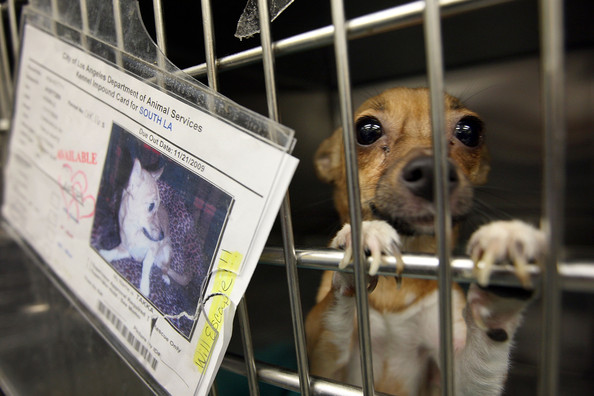
A growing number of shelters are claiming they and their communities are No Kill or near No Kill without actually saving all animals who are not irremediably suffering. Here’s how they cheat:
1. Not counting animals who die in their kennels. Under pressure to decrease killing, there are several cases of shelter directors allowing sick/injured animals to go without food and medication in order to encourage and hasten their deaths so they won’t be counted in reported statistics.
2. Not counting animals who are surrendered for killing (“euthanasia”) by their families. In fact, some shelters go further: requiring anyone who surrenders an animal to sign them over as “owner requested euthanasia;” that way the ones they kill—even those who are healthy or treatable—do not count.
3. Killing, but not counting, late term puppies and kittens by spaying the mother before she gives birth. Not only is this risky for the mother, but the kittens or puppies must be individually killed through an injection of sodium pentobarbital. Alternatively, when a mother is spayed, the kittens or puppies die from anoxia (oxygen deprivation) due to lack of blood supply from the uterus once the vessels are clamped. They suffocate.
4. Counting entire litters of kittens or puppies killed as one animal. Some shelters count a litter of kittens or puppies killed as one animal and the resulting deaths as one outcome, rather than counting each puppy or kitten killed as an individual. Worse, if the mother is also killed, they count the whole group—mother and children—as one outcome.
5. Double counting foster animals. Some organizations report animals sent into temporary foster care as “live outcomes” even though they are still in the constructive custody of the shelter. When those animals are then adopted, they are then listed as “adoptions” but without removing the foster outcome. That way, one animal has two live releases.
6. Transferring animals to another “shelter” which kills them. Sending animals to other facilities that are not No Kill may technically qualify as “live releases”—as the animals were alive when they left the facility—yet the resulting data is misleading and falsely suggests that the animals did not ultimately lose their lives. And even if they were not killed, they displace other animals who were.
7. Calling themselves No Kill simply because they claim a 90% live release rate. This is how a city in Florida claims No Kill despite a pit bull ban that condemns dogs based on their appearance. It is what allows a Michigan shelter to claim No Kill, while asking people to submit a “euthanize card” whenever they surrender healthy, community cats who are not social with people. It is what allows a California shelter to kill healthy animals so long as the live release rate does not fall below 90%.
And, of course, many don’t report and continue to kill in high numbers rabbits, gerbils, and other non-dog/cat species.
The goal of the No Kill movement is not to reduce killing to some consensus-based level or sweep groups of animals under the rug (or, more accurately, into garbage bags for the landfill). It is to end killing for all animals who are not physically suffering from an irremediable condition.
In short, we don’t achieve No Kill by defining animals out of existence. We achieve No Kill by actually saving their lives.
Defining No Kill: nokilladvocacycenter.org/defining-no-kill.html
Calculating Live Release Rates: nokilladvocacycenter.org/live-release-rates.html
————-
Have a comment? Join the discussion by clicking here.